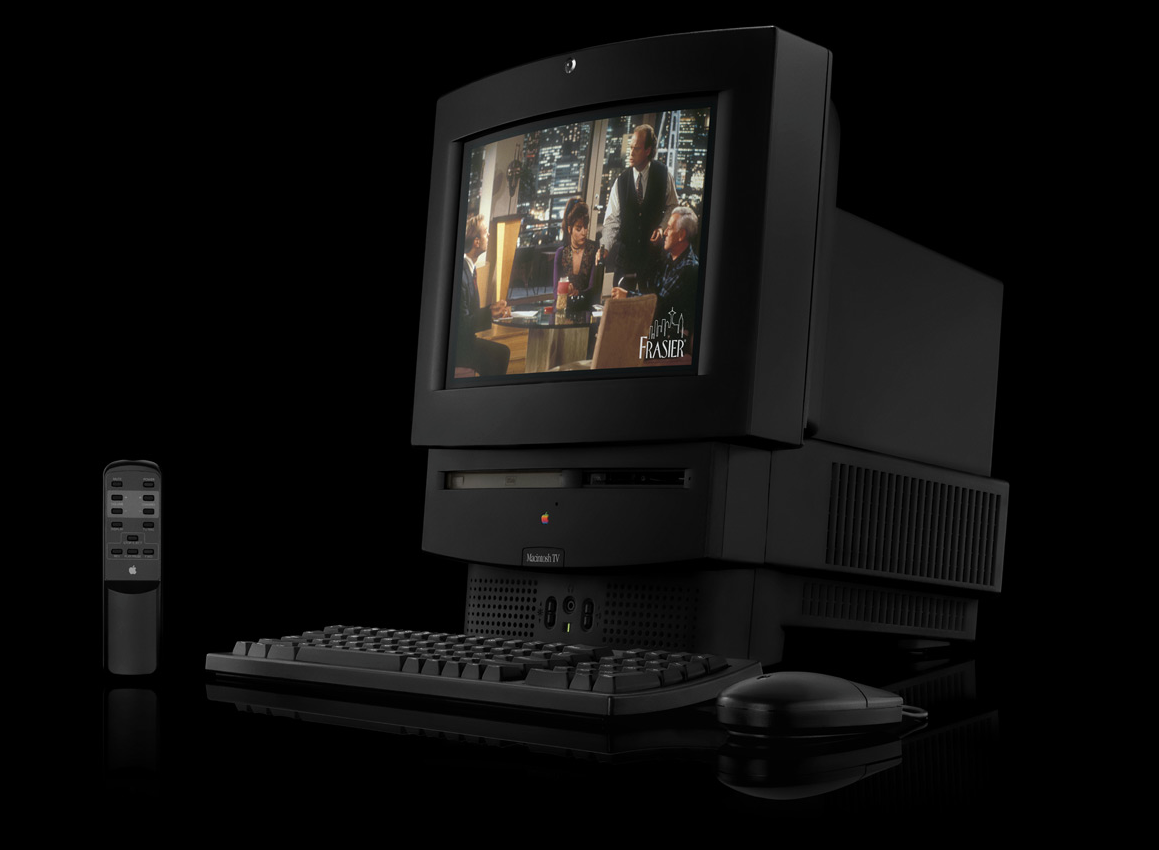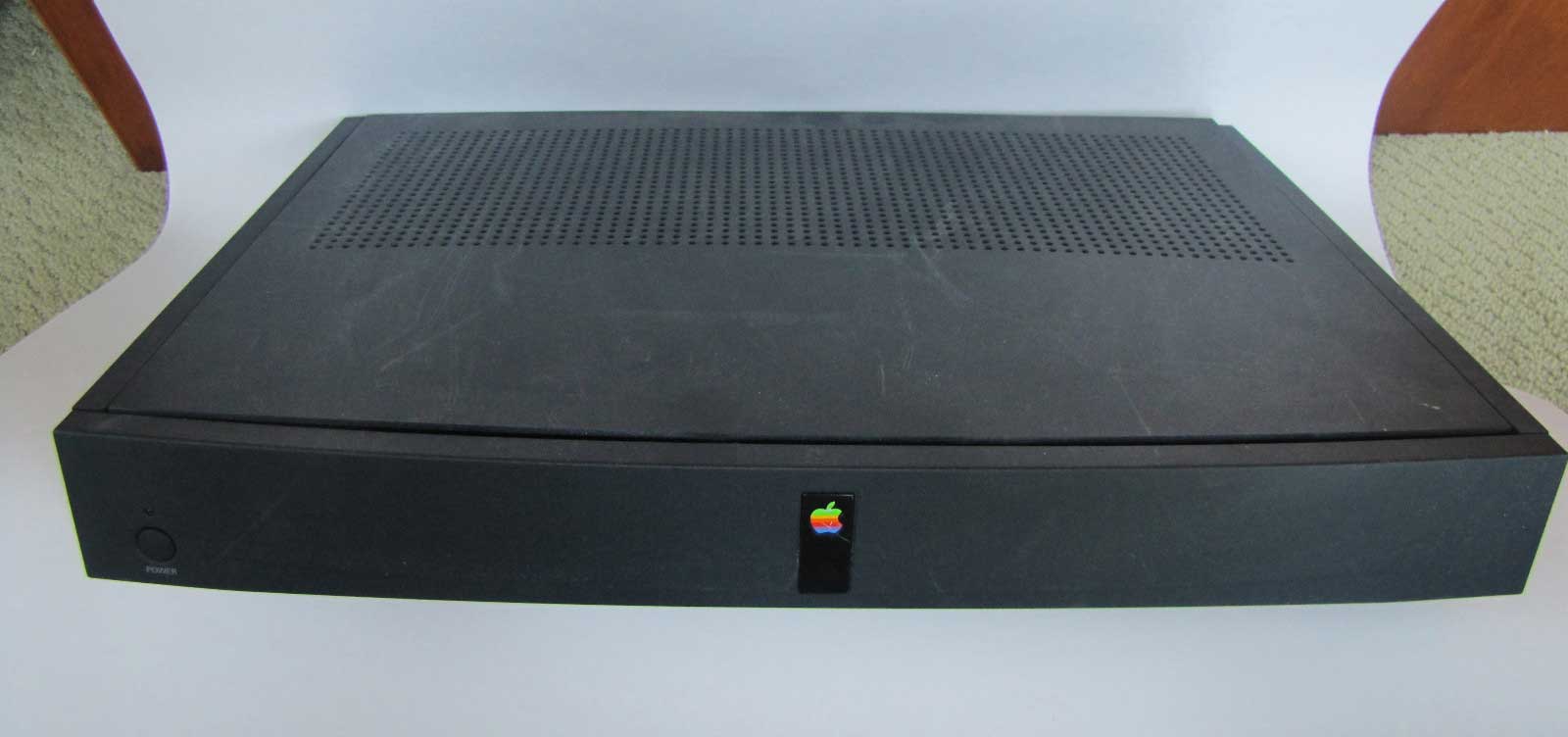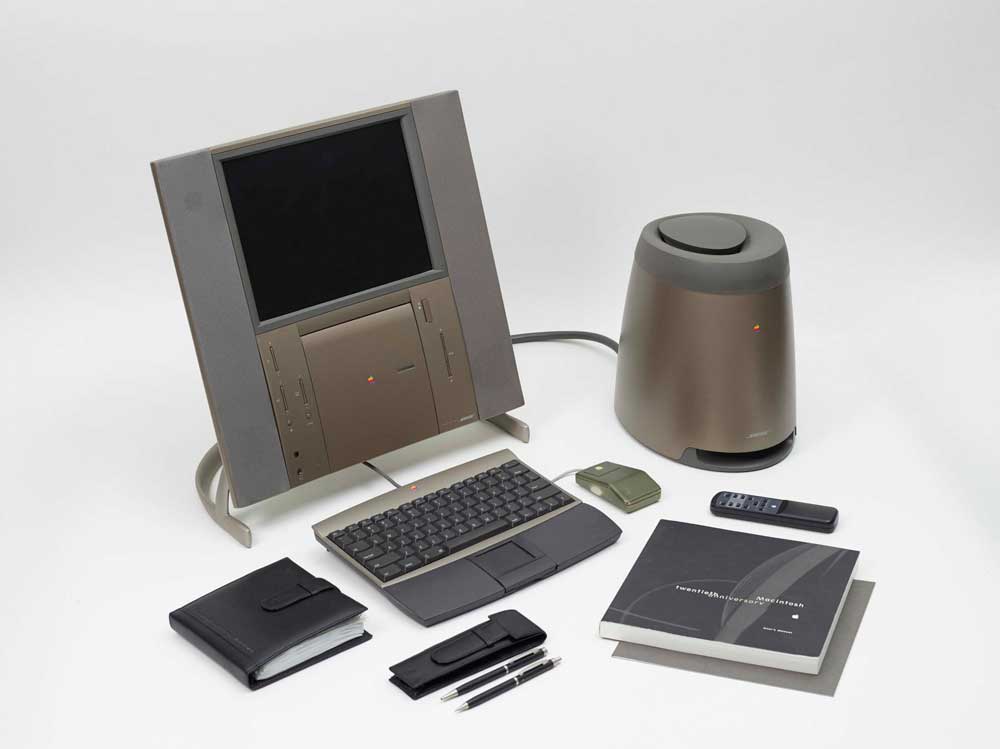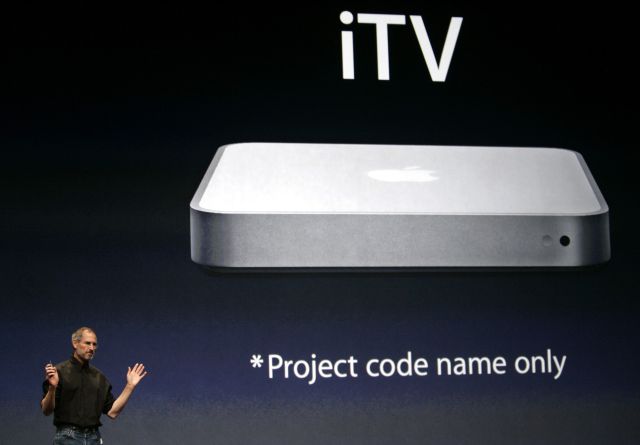These are the weirdest Apple products that lead to Apple TV
Apple has always had a sweet spot for TV content and crossing over home entertainment and computing, even before set top boxes were even “a thing”. Since the 1990s, Apple and other manufacturers in the business of consumer electronics, have all tried their luck with strange hybrid devices, part PC and part television set.
While external TV tuner cards were becoming commonplace among hobbyists, they were always a tough sell with consumers who would never get used to a television that needed to “boot up”, especially when computer screens were still small, and the resolution of TV tuners of that era, compared to today’s Retina display, was barely the size of a postage stamp.
With that in mind, Apple was convinced that TV had a big future in consumer computing, even when Steve Jobs returned to the company and steered Apple back on course with a more targeted range of products, which lead, ultimately, to Apple TV.
1993 - Apple Macintosh TV

This 14-inch PC/TV set was built as an all-in-one computer, like most Macs of that era, and included an infrared remote control, capable of booting up the device, and tune-in to OTA television channels, using an integrated TV tuner card.
At the time, integration of TV tuners into PCs was a concept used quite loosely, as the working principle was to simply switch from one system to another, which lead to some disappointment, upon discovering that the device was unable to record live TV onto the Mac’s hard drive as video clips, like a modern DVR.
With a price tag set to $2100, in 1993, the Macintosh TV was a flop that survived barely into the first quarter of 1994, before being discontinued after only 10,000 units were constructed.
1995 - Apple Interactive Television Box

Meet Apple TV’s granddaddy, initially built as a prototype in the mid-90s, this was an early example of an on-demand TV content delivery service, designed to interface between a regular TV set and the viewer, with a range of services, which included home shopping, home banking, education services and video game downloads.
1997 - 20th Anniversary Macintosh

The Macintosh TV may have been a flop, but Apple was far from being done with TV/PC crossovers. The 20th Anniversary Macintosh was a grand example of one of the first novelty Apple products designed and constructed for the discriminating customer.
While the dual function of this computer was nearly identical to the Macintosh TV, with the remote acting as a switch between the PC part and the TV part, the amount of detail and the flat design were telling of the direction Apple would eventually take, which lead up to the iMac.
The 20th Anniversary Macintosh was priced around $7,500 and included a remote control, a Bose sound system featuring a subwoofer, an integrated TV tuner, an AM/FM radio, and a front-facing CD-ROM drive, as well as a range of accessories.
One of the most extravagant aspects of this device was the method of delivery, by limousine. The device was brought in by appointment only, and assembled by tuxedo-wearing personnel, who also provided a crash course on how to operate the computer.
1995 - Apple Pippin

This odd device has been described as the first, and last, attempt at creating an Apple-branded gaming console, however, the concept behind it was much more complex, and its design was meant to solve a problem that up until then, and before the advent of broadband Internet access, plagued developers looking to distribute their applications, games and video content via CD-ROM and other optical media. In many ways, the Pippin was a precursor of today’s streaming boxes, like the Roku, Chromecast, and especially Apple TV.
The Apple Pippin was a platform that didn’t last very long, and whose only developer was Japan-based historical game developer Bandai, which some will remember as the maker of PacMan, and other world-famous coin-operated games, popular in penny-arcades of a bygone era.
2006 - Codename “iTV”

Apple gave us a peek at what would be later revealed as Apple TV, under the codename “iTV”, a teaser concept introduced at a 2007 keynote, which featured a similar small remote previously introduced in other Mac products. The device was initially designed to stream content, like movies, TV shows, music, photos and podcasts from a Mac or a PC.